The Promise and Perils of Gene-Edited Mosquitoes
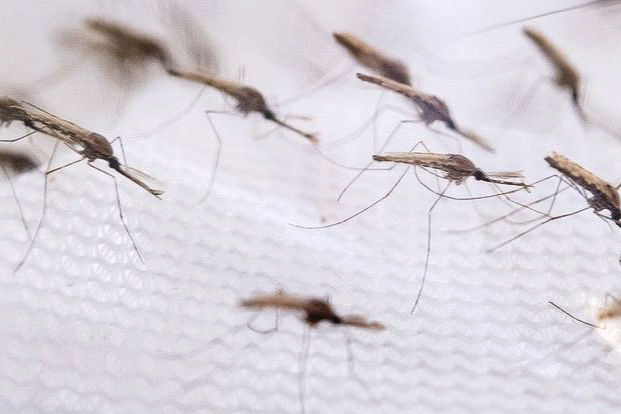
Scientists are harnessing genetic modification to tackle mosquito-borne diseases like malaria, dengue, and Zika, but these innovations come with complex trade-offs. Here are seven key ways they’re engineering mosquitoes to stop disease, and the challenges that follow.
1. Gene Drive Technology to Suppress Mosquito Populations
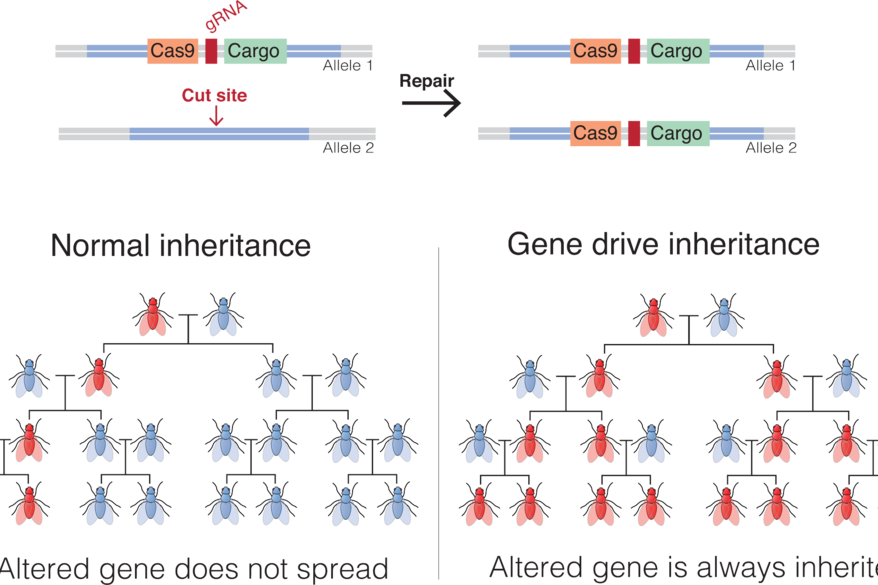
Researchers are using gene drives to control mosquito populations and reduce disease transmission, particularly malaria. Gene drives, a genetic tool, can rapidly spread a genetic trait through a population, leading to a reduction in their ability to reproduce, effectively lowering mosquito numbers and thus disease transmission. For example, engineered mosquitoes carrying a gene drive that causes offspring to be mostly male have been tested to collapse populations.
According to Nature, gene drives, while promising for controlling diseases like malaria, raise ecological concerns due to their potential for uncontrolled spread and unforeseen impacts on ecosystems. Specifically, reducing mosquito populations through gene drives could disrupt food webs and affect species that rely on mosquitoes as a food source. Furthermore, the rapid and widespread nature of gene drives can lead to unintended consequences for other organisms and ecosystems.
2. Creating Disease-Resistant Mosquitoes
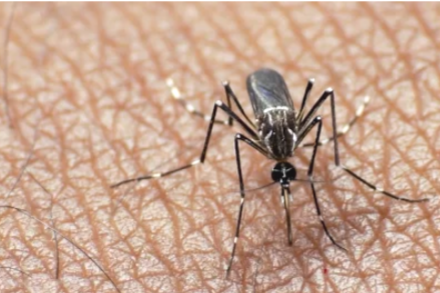
Modifying mosquitoes to be resistant to pathogens they transmit, like malaria or dengue, is a strategy that aims to disrupt the transmission of these diseases. This can be achieved through genetic engineering, making mosquitoes less susceptible to infection or less able to transmit the pathogen to humans. A research by National Institute of Health observed that by inserting genes that block infection or transmission, these mosquitoes can’t spread disease even if they bite humans. This approach aims to keep mosquito populations intact while reducing disease risk. Still, there’s a risk that pathogens may evolve to overcome these genetic blocks, requiring ongoing monitoring and updates.
3. Releasing Sterile Male Mosquitoes
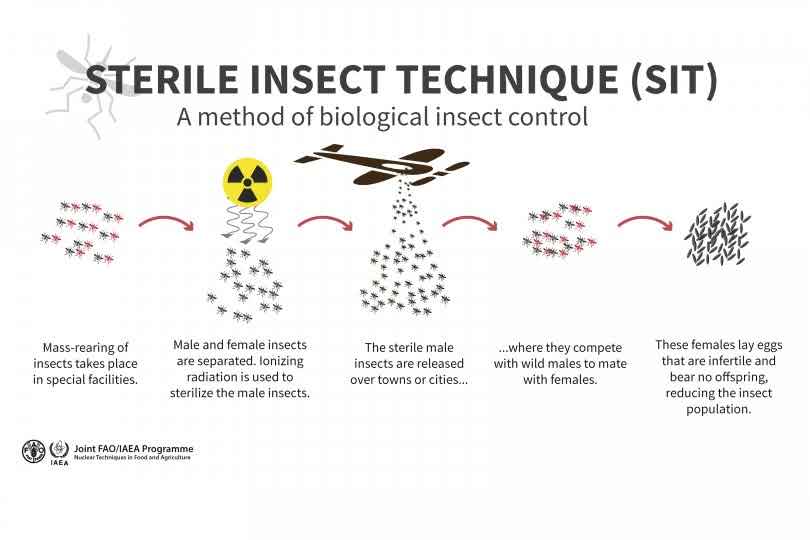
Scientists are using a technique called the Sterile Insect Technique (SIT) to control mosquito populations. They breed and release genetically modified sterile male mosquitoes that, when they mate with wild females, produce no offspring, thus reducing the overall mosquito population. This reduces mosquito populations over time. World Scientific Connect noted that unlike gene drives, this method is self-limiting because sterile males don’t pass on genes. It’s been used in field trials with Aedes aegypti mosquitoes. The downside is the need for repeated releases and the cost involved, plus concerns about disrupting local ecosystems.
4. Using Wolbachia Bacteria to Block Virus Transmission
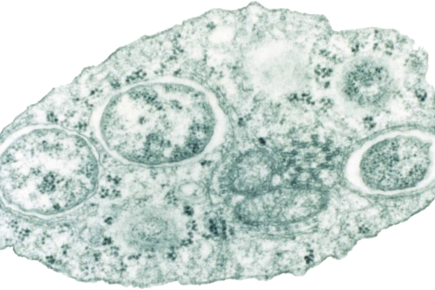
Wolbachia infection in mosquitoes is a biological control method that doesn’t involve directly altering their genetic code, but it does alter their biology to reduce disease transmission. By interfering with virus replication, Wolbachia significantly reduces the ability of infected mosquitoes to transmit diseases like dengue and Zika. This is achieved through mechanisms like cytoplasmic incompatibility, which leads to reduced mosquito populations, and direct interference with virus replication. Frontiers in Microbiology, opined that this biocontrol method is seen as safer but can affect mosquito lifespan and reproduction, with unknown long-term ecological effects.
5. Targeting Mosquito Fertility Genes

Some mosquito control strategies use gene editing, particularly CRISPR, to disrupt genes essential for fertility or development, leading to population declines. For example, CRISPR can be used to disable genes needed for egg production or larval survival, reducing the number of mosquitoes that can transmit diseases. One approach involves editing genes that are crucial for mosquito reproduction, such as those involved in sperm production in males or egg development in females. These targeted edits can be highly specific but may also lead to resistance if mosquitoes evolve compensatory mutations.
6. Engineering Mosquitoes to Produce Antibodies
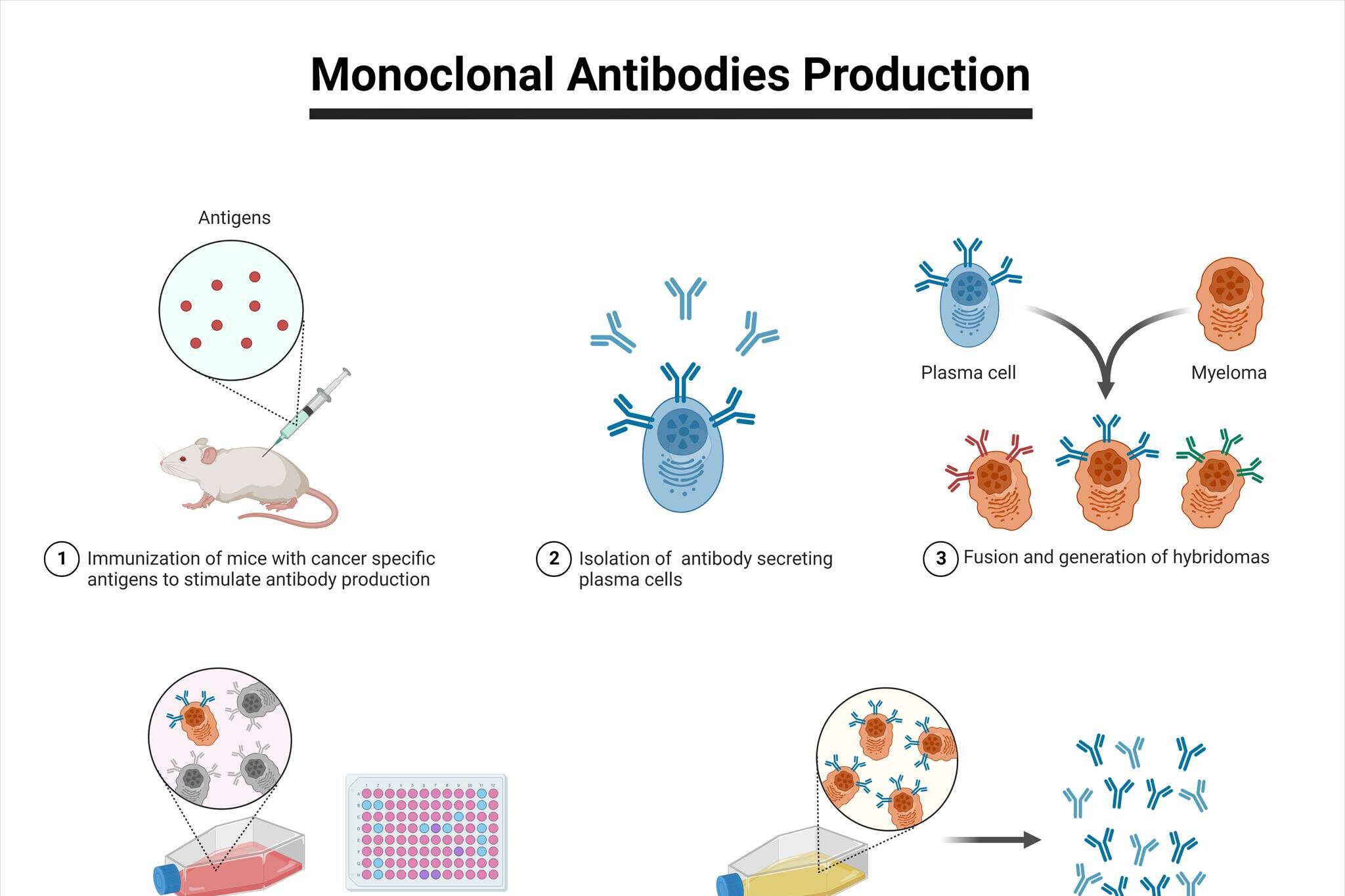
Scientists are investigating the use of internal defense mechanisms in mosquitoes to prevent the spread of pathogens like viruses and parasites, including the development of mosquitoes that produce antibodies or peptides that neutralize these pathogens within their bodies. This approach, involving genetic modifications like the hybridoma technology to introduce these defenses, aims to reduce the transmission of diseases by modifying the mosquitoes’ ability to harbor and spread pathogens. While promising, this complex modification requires ensuring the engineered mosquitoes remain competitive in the wild and that the inserted genes remain stable.
7. Ethical and Ecological Considerations

Releasing genetically modified organisms (GMOs) into the wild raises significant ethical concerns due to the potential for unintended consequences, including disruptions to food webs, gene flow to non-target species, and widespread public resistance to the modification of natural ecosystems, leading to questions about the responsibility and safety of such interventions. Regulatory frameworks and community engagement are crucial to balance disease control benefits against ecological risks. These cutting-edge genetic strategies offer hope for reducing deadly mosquito-borne diseases but also remind us that every scientific breakthrough carries a price that must be carefully managed through rigorous research and responsible deployment.
If you’re intrigued by how science is reshaping our fight against disease, stay tuned for more updates on genetic innovations and their impact on public health and the environment.


